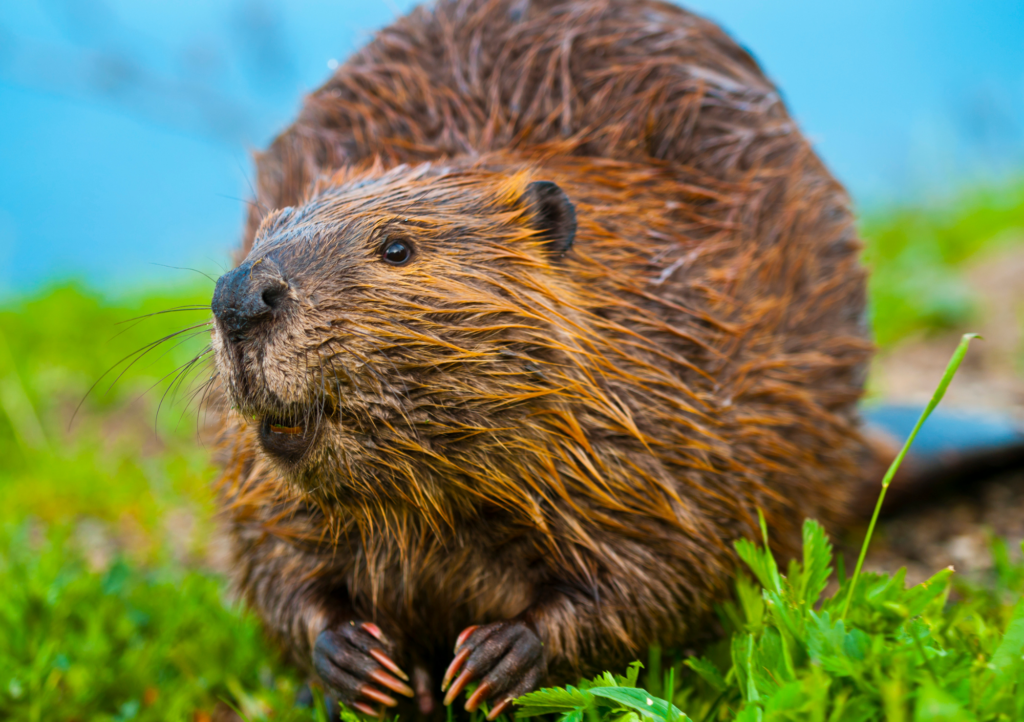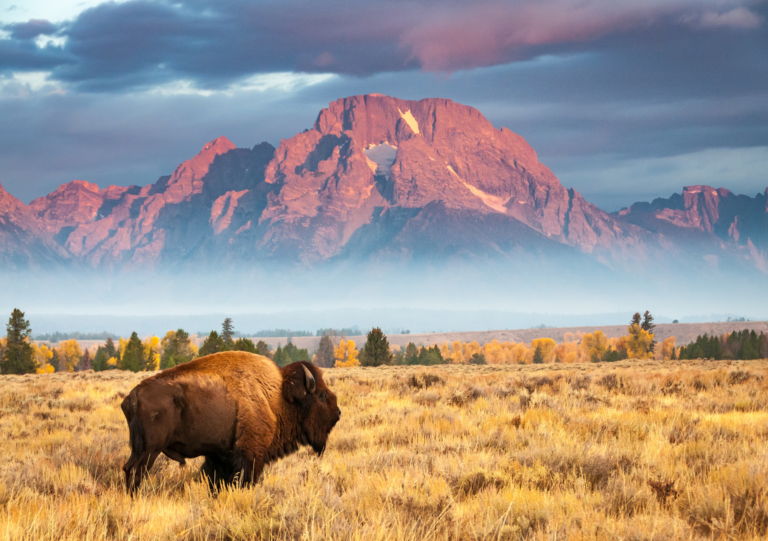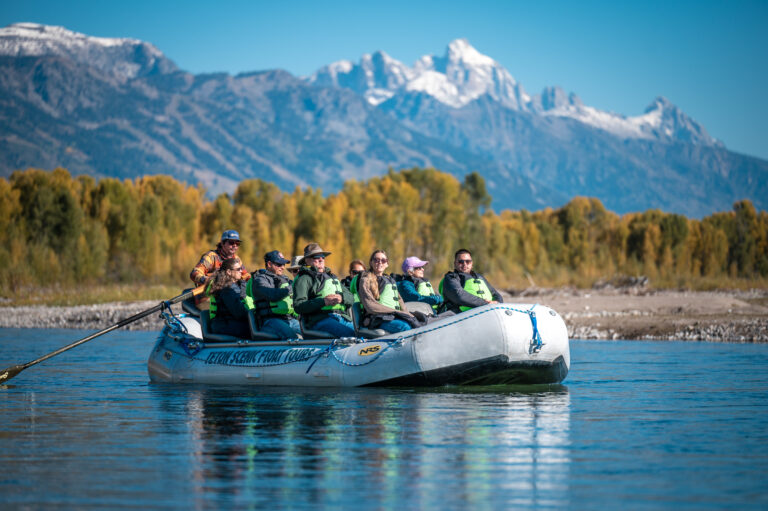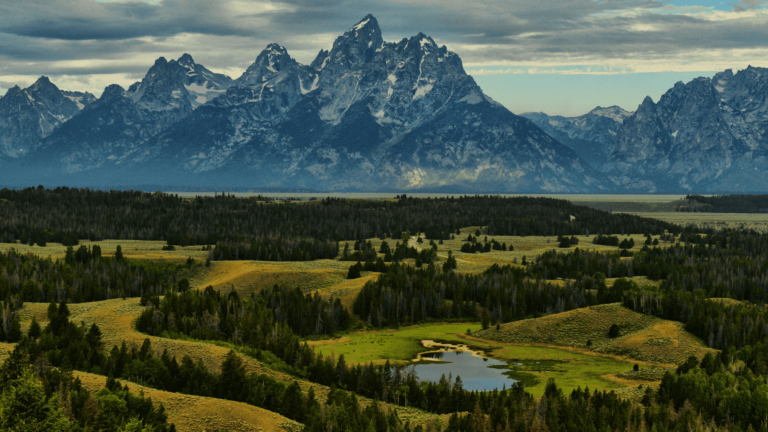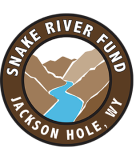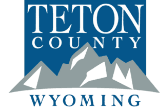Beavers are some of the most fascinating and industrious creatures in the Jackson Hole area, playing a significant role in shaping the environment along the Snake River. Known as nature’s engineers, these large rodents are famous for their dam-building abilities, which create wetlands that benefit other wildlife. In the fourth part of our Jackson Hole wildlife sightseeing series, we’ll explore the habitats, behaviors, conservation efforts, and the best spots for encountering beavers around Jackson Hole.
Habitats of Beavers in Jackson Hole
Beavers thrive in wetland areas, where they can construct their dams and lodges.
- Riparian Zones Along the Snake River: Beavers are primarily found along the riverbanks and in wetlands. They prefer areas with slow-moving water, abundant trees, and shrubs, such as aspen, willow, and cottonwood—plants that provide both food and materials for dam building.
- Dams and Lodges: Beavers are known for building dams that slow down water flow, creating ponds where they construct their lodges. These lodges are built from sticks, mud, and logs and offer shelter and protection from predators.

Behaviors of Beavers
Beavers are primarily nocturnal and have fascinating behaviors centered around their unique lifestyle.
- Dam Construction: Beavers build dams using logs, branches, and mud to create ponds that offer protection from predators and access to food during the winter months. These ponds also create habitats for other species, such as fish, birds, and amphibians.
- Tree Cutting: Beavers have strong teeth that allow them to cut down trees for dam construction and food. They primarily eat bark, leaves, and aquatic plants, with a particular preference for aspen and willow.
- Family Units: Beavers live in family units, often consisting of a monogamous pair and their offspring. They are highly social animals, and both parents participate in raising the young.
- Territorial Marking: Beavers mark their territory using scent mounds made of mud, debris, and castoreum, a musky secretion from glands near their tails.
Conservation Efforts and Challenges of Beavers in Wyoming
Beavers play an essential role in the ecosystem by creating wetlands that benefit a wide range of species. However, they face challenges that conservationists are working to address.
Conservation Efforts:
- Habitat Restoration: Efforts are being made to restore and protect wetland habitats, which are crucial for beaver Wyoming populations and other species that depend on these ecosystems.
- Reintroduction Projects: In some areas, beavers have been reintroduced to help restore natural water flow and improve habitat quality.
- Public Education: Educating the public about the importance of beavers and their positive impact on the ecosystem helps reduce conflicts with humans.
Challenges:
- Human-Wildlife Conflict: Beavers can sometimes cause problems by flooding roads, fields, or infrastructure with their dams. Balancing the needs of humans and beavers is an ongoing challenge.
- Habitat Loss: Development and land-use changes can lead to the loss of suitable beaver habitats, which may impact their populations in certain areas.
- Predation: While beavers are well-adapted to avoid predators, they can still fall prey to animals like wolves, bears, and coyotes.
Best Spots for Encountering Beavers
Beavers are most active at dusk and dawn, making these times ideal for spotting them. Here are some of the best places in Jackson Hole to observe these remarkable animals:
- Grand Teton National Park: The park is home to numerous beaver Wyoming colonies, particularly along the Snake River and its tributaries. Look for signs of beaver activity, such as chewed tree stumps and dams, near water bodies.
- Oxbow Bend: This scenic spot along the Snake River is known for its abundant wildlife, including beavers. The calm waters and rich vegetation make it a prime location for spotting beaver lodges and activity.
- Moose-Wilson Road: Another great spot for wildlife viewing, Moose-Wilson Road offers opportunities to see beavers in their natural habitat, particularly near wetlands and streams.
- Schwabacher’s Landing: Located along the Snake River, Schwabacher’s Landing is a popular destination for wildlife watchers. Early morning and late evening are the best times to spot beavers here.
Beavers are a vital part of the ecosystem in Jackson Hole and along the Snake River. Their engineering skills create habitats that support a wide variety of wildlife, making them a cornerstone species in the region. If you’re lucky, you might spot these industrious animals hard at work during your next visit to Jackson Hole. Whether you’re exploring the riparian zones, wetlands, or parklands, keep an eye out for their remarkable dams and lodges, and experience the unique beauty of the beaver Wyoming world.
Join us for a Jackson Hole float trip and spot wildlife like beavers, moose, elk, eagles, and marmots as you drift down the Snake River. Our Snake River Scenic Float takes you through stunning landscapes, offering a great opportunity to see these animals in their natural surroundings. For a more tailored experience, opt for our Snake River Private Float. Book with Teton Scenic Float Tours today!

